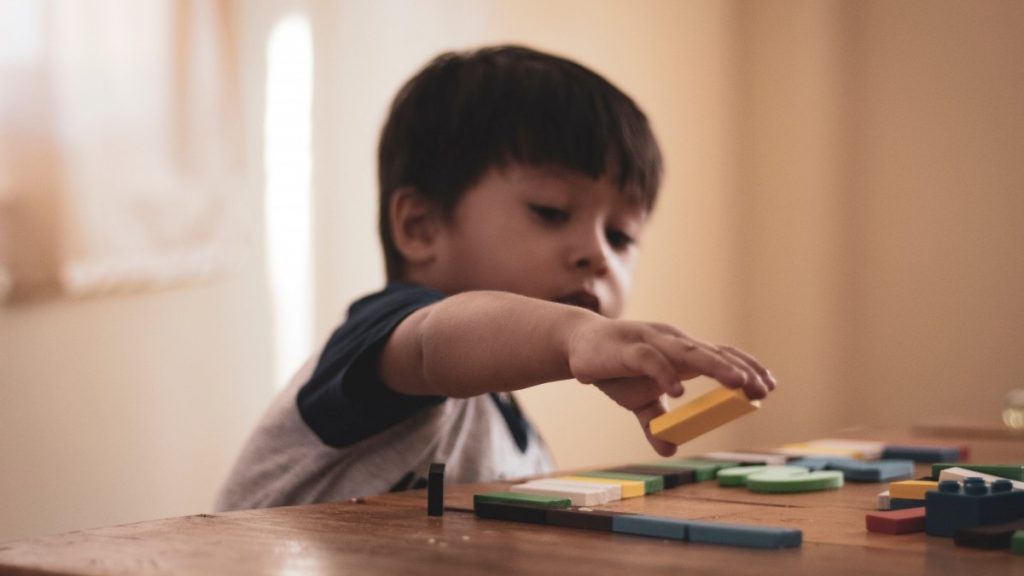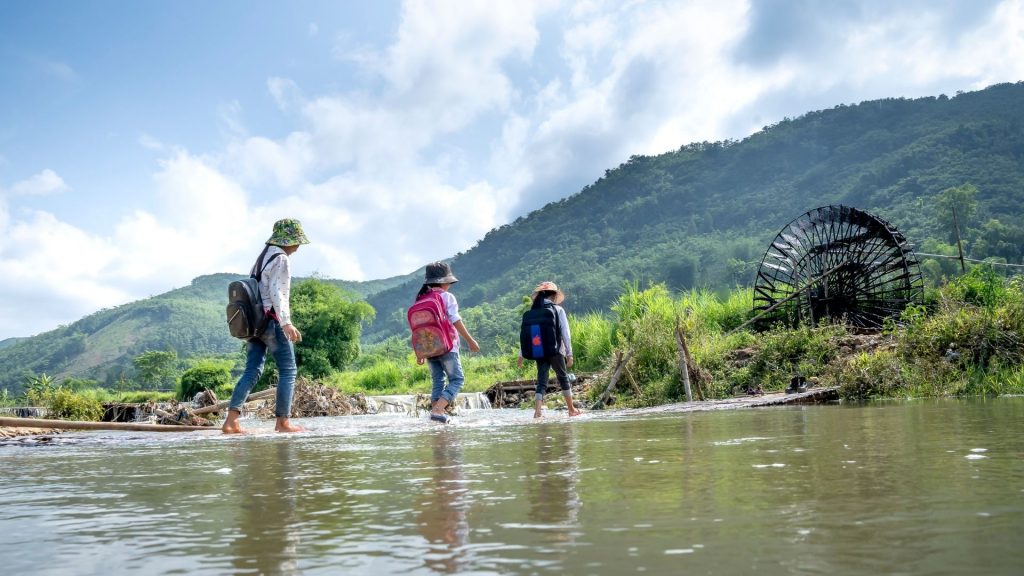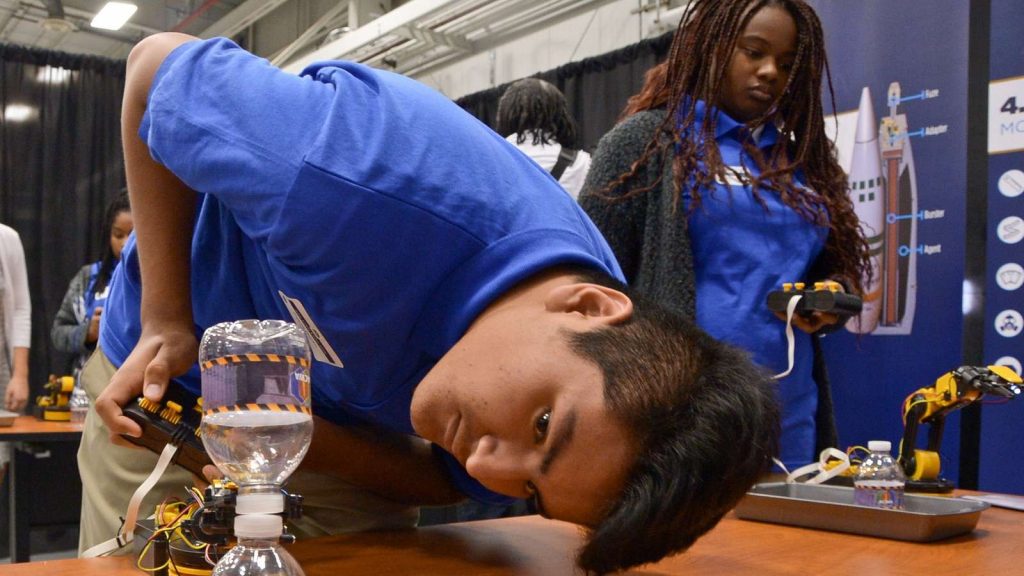Discovery Learning Explained
Learn all there is to know about discovery learning, the technique that centers around active, hands-on education.

There are a few different approaches to learning where students take the lead. One such approach is called Discovery Learning and here students are taught by exploring. They are taught by becoming engaged actively with certain concepts or objects and even their physical environment so they can better develop an understanding of it.
Discovery Learning sees the teacher in a more muted role. Instead of being an instructor and leading the way, they become a facilitator. Their role turns into developing and organizing a fully fleshed-out learning environment. They also turn into a “cheerleader,” for a better word, by encouraging their student’s curiosity as well as their problem-solving skills. This learning environment is fostered in lieu of a more question/answer environment where the teacher shows correct procedures or answers specific questions.

The idea behind Discovery Learning goes back to the 1960s and Jerome Bruner, which is said to be the originator of this learning style. Bruner once said, “Practice in discovering for oneself teaches one to acquire information in a way that makes that information more readily viable in problem-solving.” In his research toward the establishment of Discovery Learning, Bruner tackled the cognitive development of children. He ended up with three modes that represent this development – (1) enactive representation, which is action-based; (2) iconic representation, which is image-based; and (3) symbolic representation, which is language-based.
Further research by Bruner that helped mold his Discovery Learning technique found that even children of a very young age are capable of learning any type of material. Bruner felt that as long as the presented material was properly organized, learning could be accomplished at any age. This was his basis of Discovery Learning.
Bruner broke down Discovery Learning by age group. Enactive covered children from birth to one year of age. This learning is based on physical actions. Here, infants do all of their learning by doing instead of thinking.
The Iconic learning portion of Discovery Learning covers youth from ages 1to 6. Information here is retained as sensory images. Children learn more visually than by physical action. Kids this age learn quickly with illustrations or diagrams with verbal information presented at the same time. Children also learn by way of mental images such as when they are told to listen or smell.

The symbolic portion of Discovery Learning covers children 7 years and older. Children learn by way of symbols or codes, such as language. Words are one of the primary ways children gain their knowledge, but they also learn by symbols such as math symbols or even musical notes. All of these combined is Discovery Learning.
Minimal teacher guidance is a hallmark of Discovery Learning. They give fewer explanations and lectures. Instead of solving problems with one answer, teachers will offer multiple solutions as a way of having students take charge of their thinking and not be forced into one way of thinking or coming to their conclusion. Teachers will offer a hands-on approach with very little repetition or memorization.
So, how do teachers bring this way of learning into their classrooms? There are a number of ways teachers can do this. The first way would have students conduct an interview. It could be with anyone as long as the student is driving the project. After the interview, have the student compose a summary. Have them write about what they learned if there was anything that gave them a surprise, and what, if any, advantages they felt they had by conducting a live interview.

Another way to foster Discovery Learning is to have students go at it alone. Performing a solo project is a great way for kids to discover. Teachers can give students a problem or a subject that they have to research alone. After their solo project is complete, have the students come back together so they can discuss all they learned.
Some of the best Discovery Learning is taught by making mistakes. In fact, mistakes are encouraged. Here is where a teacher can truly shine. If they can garner quick feedback when a mistake is made, help students quickly correct said mistake, then be a constant source of encouragement to the student, the process of Discovery Learning can be much more effective.
Discovery Learning is all about taking ownership. Students are given a wide berth with this style. Some kids, though, need more structure and a heavier hand, so this style may not fit all students. For the most part, though, kids who take on the discovery aspect to their learning thrive in this environment.



